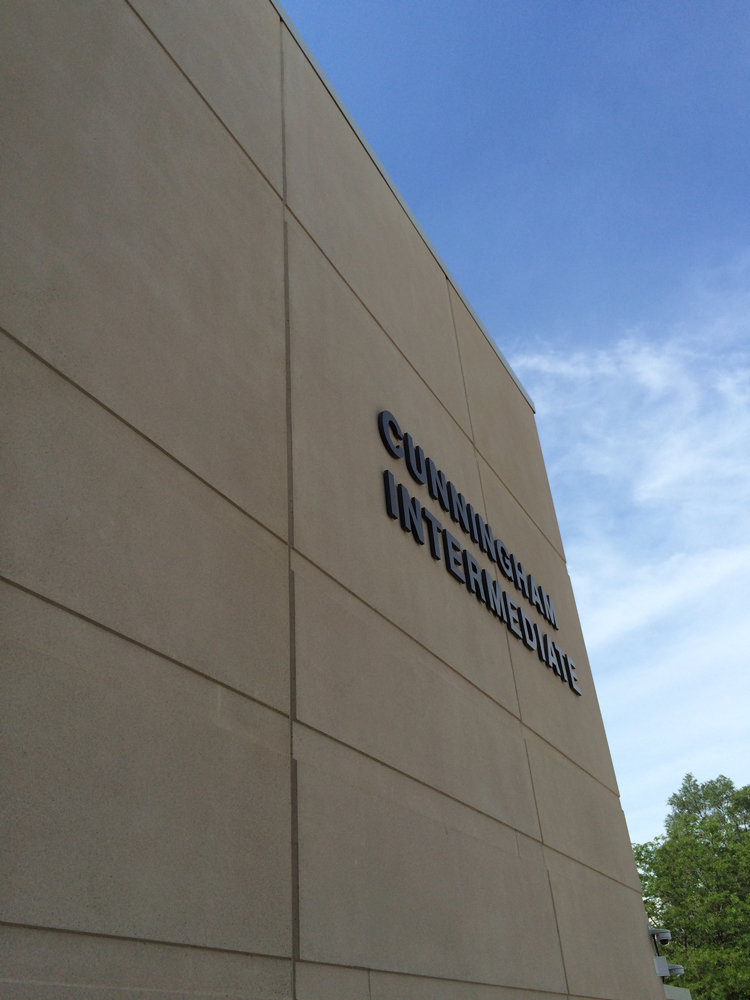The most versatile of building systems is precast concrete construction. Its ability to adapt to many different functions makes it a favorite of architects, engineers, and contractors alike.
Versatility in Use
What can you build with precast concrete? Ask anyone in the design community and you will receive a varied mix of their favorite applications of precast concrete. From NFL stadiums, office buildings, schools, data centers and student housing, to retail, prisons, courthouses and much more, precast concrete reinvents itself every time it is specified. Precast concrete parking structures are a common application, but new and innovative uses for this material continue to be developed.
Take a look at a total precast concrete project. Precast concrete walls can be used for both exterior and interior applications. From the exposed walls on the interior (insulated precast concrete panels), to a thin brick veneer (or other finish) on the exterior, to the precast concrete stairs (including landings), to the floor system (hollowcore slabs), to the roof (double tees), to the columns and beams... the list goes on and on.
Architectural Versatility
A producer will tell you that they can translate into precast concrete whatever an architect can conceive. Incorporating a variety of colors, textures and finishes makes each architectural precast concrete project a custom fit. Façade treatment options include a range of colors, textures, and other treatments (form liners, reveals, rustications, thin brick, stone, and tile).
Precast concrete building systems are adaptable to a wide variety of orthogonal and radial forms. The array of form possibilities provides nearly limitless creative opportunities. The plasticity of concrete adds to the already enormous range of design opportunities that includes pigments, aggregates, cements, sandblasting and acid etching.
Structural Versatility
The outline of a building’s footprint can vary widely depending on several factors, including the zoning, the site and owner preferences. Precast concrete is able to accommodate a wide variety of configurations. The layout of the precast concrete wall system can maximize open areas and create flexible options for floor plans.
Owners today often specify a 100-year life for a structure. When that goal is met with a precast concrete structural system, another benefit is the adaptable shell that can be changed during the decades of service. The structural engineer can create a variety of applications that resist hurricane forces, blasts, and seismic events, for all types of buildings.
Tenants move, market conditions vary, personnel shift, and technology advances. Versatile precast concrete structures can accommodate change easily and economically. Through the appropriate choice of interior systems and access floors for connectivity, all types of changes can be accommodated.
The open floor plate enables a flexible interior space that can accommodate any number of tenant scenarios. Column-free space allows additional flexibility in floor plans and layouts. Shallow floor thicknesses with few beams provide unobstructed ceiling cavities for mechanical and electrical systems.
Precast Concrete Builds with Versatility - Summary
From its fluid state in a form to its varied use in and on a structure, precast concrete is adaptable and serves multiple purposes. Whether you value the wide spectrum of colors, textures, and finishes, or rely on its stability, strength, and durability, it all comes down to the versatility of precast concrete construction.
~ Information courtesy of PCI.


